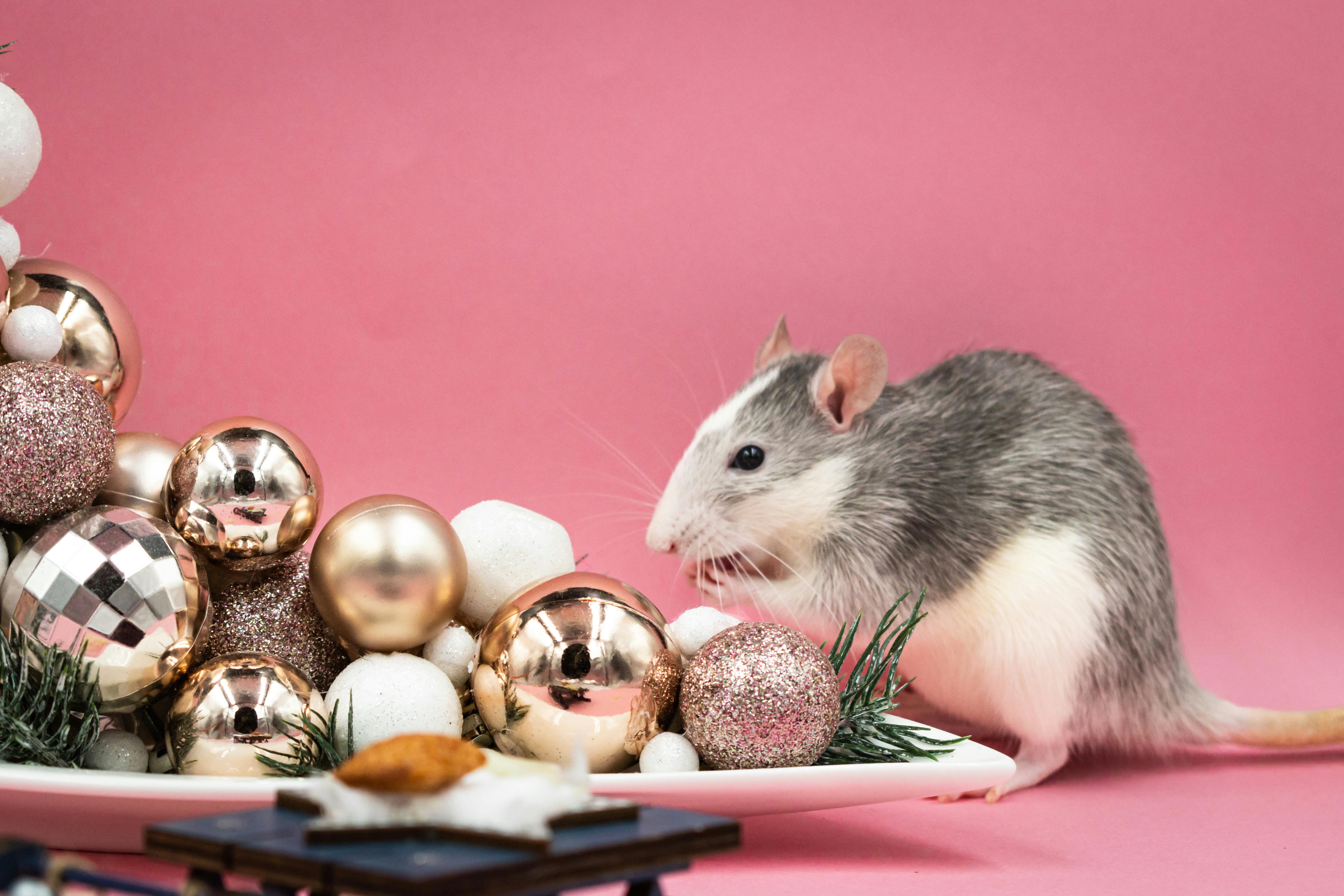
Understanding Rex Rabbit Size: An Essential Guide for Families
Choosing the perfect Rex rabbit for your family begins with understanding their sizes and growth patterns. Rex rabbits, known for their unique velvety fur and friendly personalities, come in various sizes, making it essential to determine which fits best within your living environment and lifestyle. This guide aims to help you navigate the complexities associated with Rex rabbit sizes, helping parents make informed decisions for their pet companions.
Understanding the average weight, height, and other dimensions of Rex rabbits is crucial for their care and integration into your home. Whether you're considering getting a full-grown Rex or adopting a baby rabbit, knowing their size progression—such as the differences between a Rex rabbit at 3 months versus one at 1 year—is vital for proper care and living conditions.
This article will explore the various dimensions of Rex rabbits, including their average weight and growth rate at different stages, alongside practical tips and expert recommendations for maintaining a healthy Rex rabbit. By understanding these factors, you can make a well-informed choice that supports your family's dynamic and the well-being of your new pet.
Key takeaways include insights into Rex rabbit growth rates, average dimensions at different ages, and practical size requirements to ensure your rabbit is comfortable and happy. Let's delve into the realm of Rex rabbit sizes to help you find the perfect family companion.
Rex Rabbit Dimensions: Average Size and Growth Rates
Rex rabbits typically possess distinct dimensions that vary from breed to breed, influenced by age and genetics. The average Rex rabbit adult size is about 9 to 12 pounds, while their length can range from 18 to 24 inches. Understanding these average weights and dimensions assists families in preparing the appropriate living space and accessories.
The growth rate of Rex rabbits is impressive, especially in their early months. At 3 months, you can expect a Rex rabbit to weigh around 3 to 5 pounds, while by 6 months, they often reach half of their adult weight. At one year, they generally achieve their full size, closely related to the breed's genetics. Comparing the Rex rabbit size at various months helps prospective owners visualize their growth trajectory.
For example, a Rex rabbit at 3 months may look significantly different than one at 6 months, making it critical for potential pet owners to acknowledge these differences when selecting their new pet.
Keeping in mind these growth patterns can help owners adjust their care routines, feeding strategies, and housing requirements as the pet develops.
With this foundational knowledge established, let's explore Rex rabbit sizes in more detail.
Typical Rex Rabbit Weight Standards
Typical weight standards for the Rex rabbit can offer significant insights into their overall health and development. A standard Rex rabbit typically weighs between 8 to 12 pounds. Variations exist due to the size categories that include Mini Rex, Standard Rex, and Giant Rex. Understanding these classifications will enable families to find a size that suits their home.
The Mini Rex generally weighs between 3 to 5 pounds at adult size, making them an excellent option for younger pet owners or families looking for smaller pets. In contrast, the Giant Rex can grow to weigh up to 14 pounds, suitable for those who have more space available and are prepared for the care that comes with a larger rabbit.
Weight management is essential for all Rex size categories, with diet and housing impacting their health significantly. Families should ensure they provide a balanced diet and an appropriate living environment to facilitate healthy weight maintenance.
Next, let's explore the actual dimensions of Rex rabbits to gain a better understanding of how their size manifests in their bodies.
Rex Rabbit Height and Length: Insights for Owners
The height and length of Rex rabbits play an essential role in determining their suitability for your home. Adult standard Rex rabbits typically stand around 12 to 14 inches in height. In terms of length, they often measure between 18 to 24 inches, depending on the specific size category.
Understanding these body dimensions can influence how effectively you can nurture a Rex rabbit. For instance, a smaller-sized rabbit may require less space and can adapt to smaller living quarters rather than a larger breed that requires more room to move and play.
It's also crucial to consider the space available at home, as doing so will dictate the type of housing setup needed. Proper cage size, along with free-roaming spaces, promotes healthy physical activity, benefiting their growth and development.
Additionally, using a size chart for Rex rabbits can help measure and track their growth consistently as they age. Understanding average size increments at different ages can prepare families for potential size changes in their new pet.
Rex Rabbit Size Comparison with Other Breeds
When choosing a Rex rabbit, you may want to compare it with other breeds to understand size variations better. Compared to popular breeds such as Holland Lop and Mini Lop, the Rex rabbit is generally heavier and larger. In contrast, smaller breeds may be easier to handle for younger kids.
The adult size of a Rex rabbit can weigh significantly more, averaging 9-12 pounds compared to the usual 2-5 pounds of small breeds like the Netherland Dwarf. Incorporating these comparisons while considering family dynamics can help choose the best pet size for your children.
Understanding the size of a Rex rabbit in relation to other breeds will inform families about the advantages and challenges of each size. For example, larger breeds may have more gentle giants' characteristics but require additional space and care.
Armed with this comparative insight, families can now tune in to feeding and care specifics, which greatly affect Rex rabbits' growth and overall health.
Feeding Guidelines and Nutrition for Rex Rabbits
Effective feeding guidelines can have a strong influence on the growth and health of Rex rabbits, directly correlating with their size. The diet you provide will impact their weight and dimensions over time.
Rex rabbits should primarily be fed a high-fiber diet, mainly comprising hay, veggies, and pellets. It's vital to ensure that their nutrients are derived from fresh hay, which promotes healthy digestion, improving their growth rate and maintaining ideal body size.

Vegetables like leafy greens can also make up a significant portion of a Rex rabbit's diet, offering essential vitamins and minerals. However, families should avoid feeding their rabbits starchy vegetables and fruits, focusing instead on dark leafy greens like kale and romaine lettuce to prevent obesity.
Control over feeding portions is fundamental since Rex rabbits easily gain weight, changing their size and health. A good rule of thumb is to feed adult Rex rabbits about 1 cup of fresh veggies per 4-5 pounds of body weight each day and unlimited hay to maintain their fiber intake.
Monitoring their weight regularly will ensure they remain within their average size range. If you notice significant weight increments, consulting a veterinarian experienced with rabbits is essential. This oversight keeps Rex rabbits within their ideal size while promoting overall health.
After understanding feeding and nutritional necessities, it's time to consider how growth influences size expectations in Rex rabbits, ensuring families optimized their care requirements accordingly.
Size Expectations and Growth Patterns in Rex Rabbits
Establishing size expectations for Rex rabbits can help families understand their growth patterns. Recognizing what size to expect at different stages can be beneficial in preparing for their future needs.
Rex rabbits typically develop rapidly, reaching approximately 75% of their adult size by the age of 6 months. During this phase, you may notice behaviors indicating a growing bunny, such as heightened energy levels and increased appetite. This transition is an exciting time for any family.
After one year, most Rex rabbits will have achieved their full size. Regular check-ups and proper care routines play a critical role in maintaining their health as they complete this growth spurt.
Tracking your Rex rabbit's growth according to a size chart helps gauge their development and factors like exercise and diet. Understanding these growth phases equips families with the knowledge needed to raise a healthy, well-adjusted Rex rabbit.
Common Misconceptions About Rex Rabbit Sizes
As with many pet breeds, misconceptions regarding Rex rabbit sizes are prevalent. Understanding the truths behind these myths is crucial for prospective owners.
One common misconception is that Rex rabbits don’t grow much after they reach 3 months. In reality, well-cared-for Rex rabbits can double their weight and size as they approach adulthood. Moreover, some families may believe that larger rabbits can be more aggressive; however, gentleness varies from individual personalities rather than size.
Additionally, the idea that all Rex rabbits belong to a standard size category can mislead families since varying types exist—Mini, Standard, and Giant Rex—with each boasting its respective sizes and care needs.
Dispelling these myths empowers families to feel more confident in their choices regarding Rex rabbit ownership and size suitability. Understanding true Rex rabbit sizes leads to more informed decisions and a better quality of life for both the pet and the family.
Conclusion: Finding the Right Rex Rabbit Size for Your Family
Choosing the perfect Rex rabbit size is a critical step in ensuring that your new furry friend fits seamlessly into your family. From understanding their average weight to exploring their growth rates, this guide provides valuable insights that equip prospective owners with the knowledge needed to make informed decisions.
As families determine whether to adopt a Mini, Standard, or Giant Rex, they must ensure their chosen size meets their living space and companionship needs. Furthermore, feeding guidelines and size expectations should be considered to maintain a happy and healthy Rex rabbit.
By addressing common misconceptions about Rex rabbit sizes and focusing on the essentials, families can create a conducive home environment while giving their bunny a fulfilling life. Whether you're gearing up to adopt a Rex rabbit or have already brought one home, understanding their sizes will undoubtedly contribute to your pet's happiness and longevity.